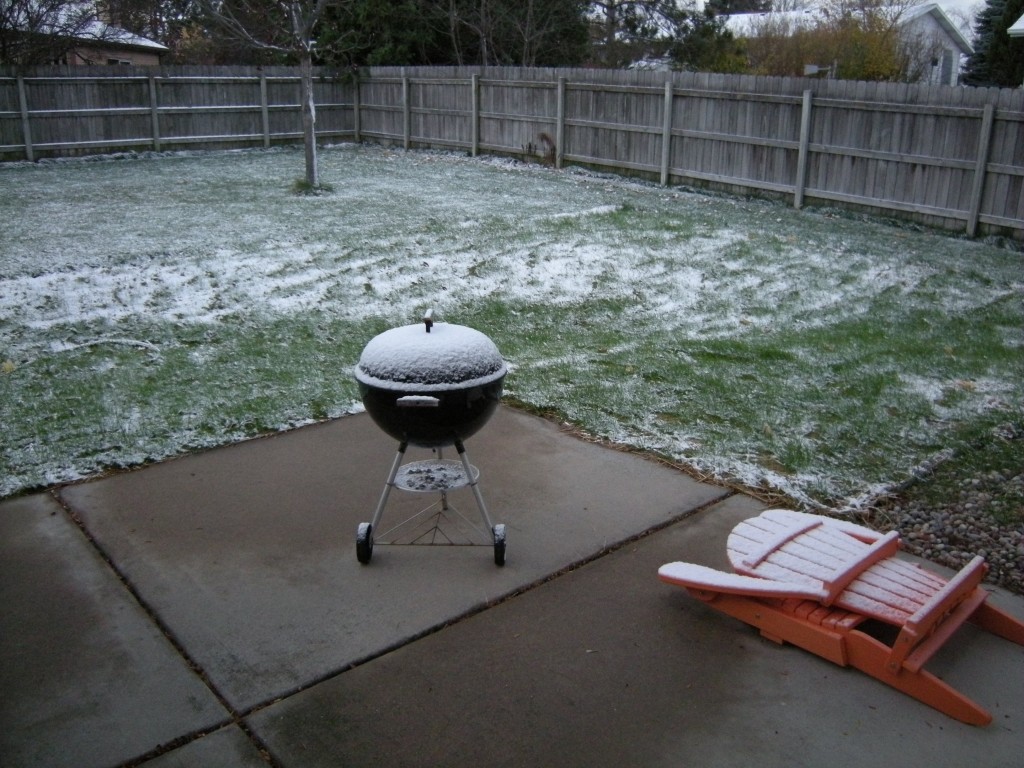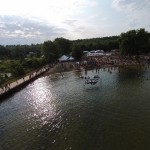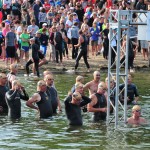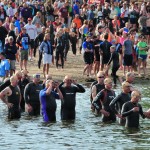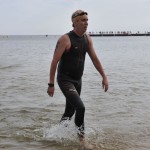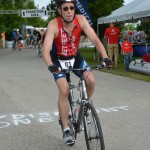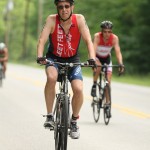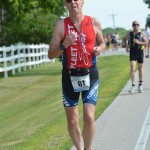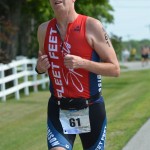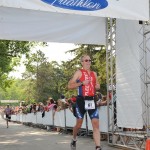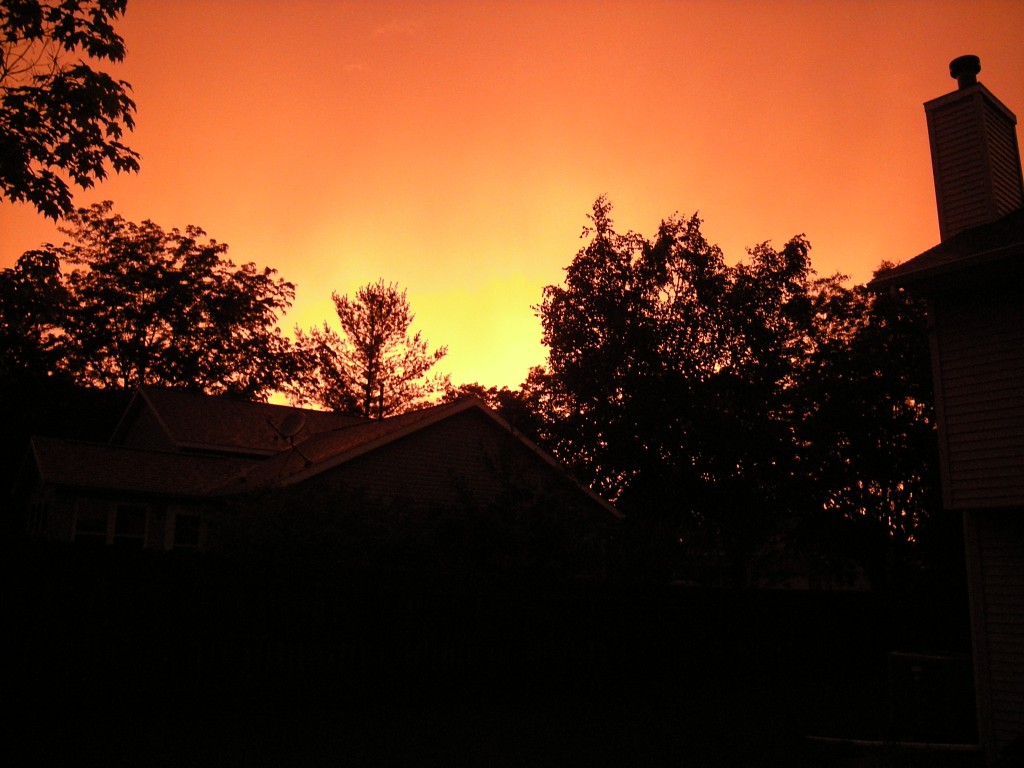 This is a comprehensive overview of the Russian struggle against Napoleon. The author begins with the political maneuverings after the Peace of Tilsit in 1807 and carries through to the Allied entrance into Paris in 1814. The main focus is on Russian political and military affairs beginning with the invasion by Napoleon in 1812 and continuing on to the peace of 1814.
This is a comprehensive overview of the Russian struggle against Napoleon. The author begins with the political maneuverings after the Peace of Tilsit in 1807 and carries through to the Allied entrance into Paris in 1814. The main focus is on Russian political and military affairs beginning with the invasion by Napoleon in 1812 and continuing on to the peace of 1814.
Most people are familiar with the 1812 campaign, but the author spends time dissecting why Napoleon’s invasion failed, and shows that it was not a matter of chance and a severe winter; instead the Russians had planned carefully on how best to defeat the French. What is interesting to me is the author’s discussion of the 1813 and 1814 campaigns; both in terms of the politics of the alliance and the actual military events. This is often glossed over, beyond a brief mention of the battle of Leipzig. The French did not collapse after the failed invasion of Russia, and much political skill was required by Tsar Alexander to coax the Austrians into the Russian and Prussian alliance. Despite the failure of the 1812 campaign, the defeat of the French was by no means a foregone conclusion.
The internal Russian politics both inside and outside of the army are also discussed at length. The triumph of Russian arms is in no small part a triumph for Alexander and his vision of how to best fight the French and ensure peace for Russia.
As an aside, it is refreshing to read a military history where logistics are discussed at length. The Russian supply system was one of the crucial factors in the eventual victory of the Allies.
 The Runner’s Field Manual: A Tactical (and Practical) Survival Guide by Mark Remy
The Runner’s Field Manual: A Tactical (and Practical) Survival Guide by Mark Remy


